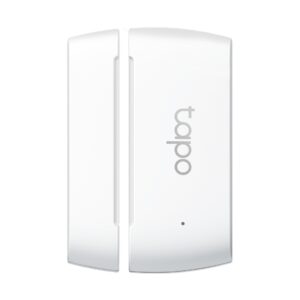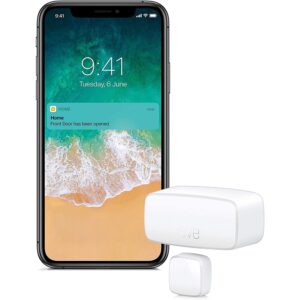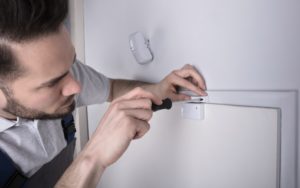A contact sensor is one of the simplest ways to create a security perimeter around your home. This tiny device helps you know when a window's open or a door's ajar. Our top door and window sensor pick is the Tapo T110 Door and Window Sensor, which connects to your smartphone via a hub. Although the hub is sold separately, it's still one of the more affordable options and the Tapo smart home ecosystem is top-tier.
For those looking for an even cheaper option or a product that works with Apple HomeKit, check out our door and window sensor picks below.




